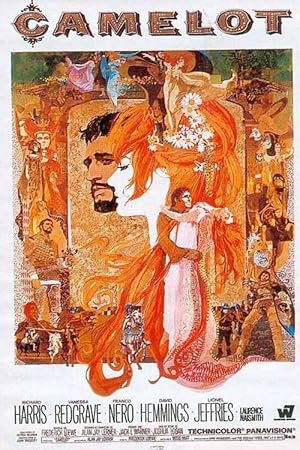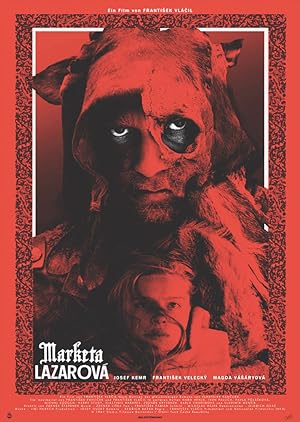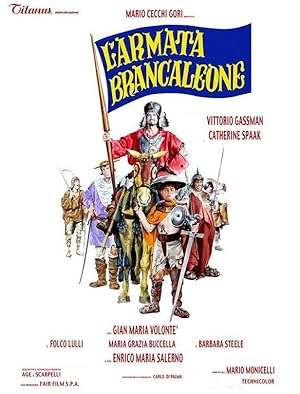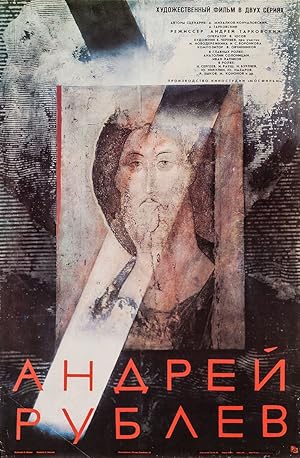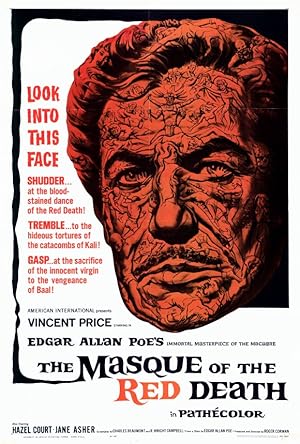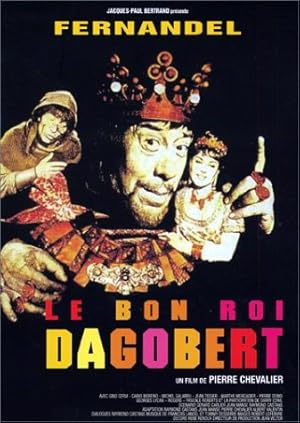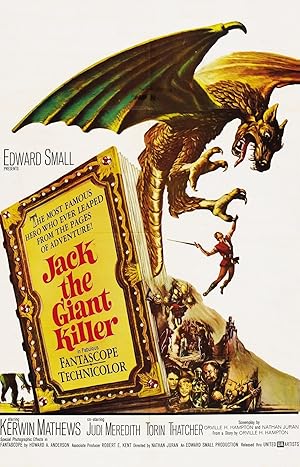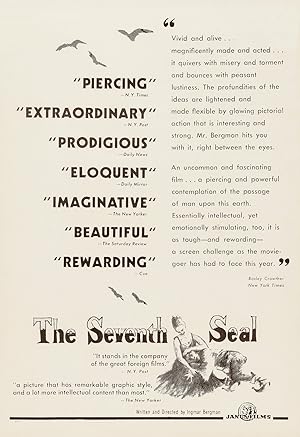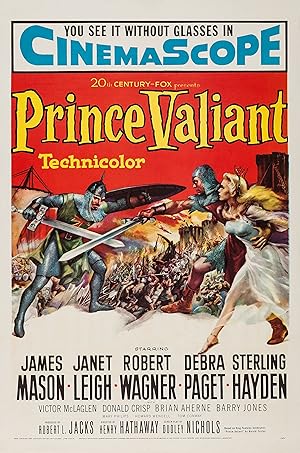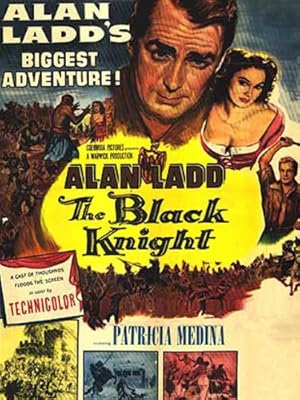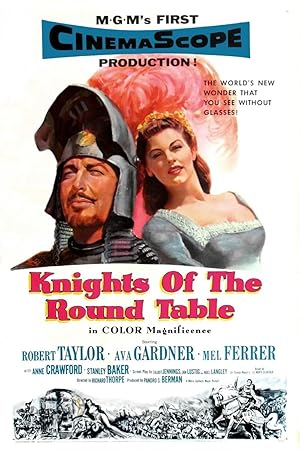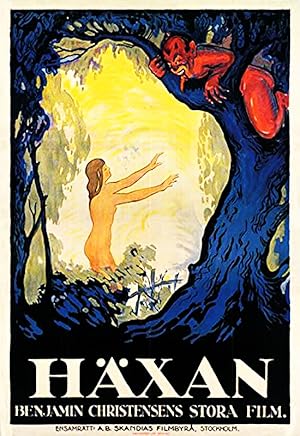Top 100 Middle Ages (476-1453) movies
You are now browsing page 4, where we continue to showcase even more compelling content linked to "Middle Ages (476-1453)". If you’ve already sampled a few highlights on previous pages, now is the perfect time to delve deeper into this fascinating keyword. Keep exploring and enrich your understanding!
Camelot (1967)
0
The plot of his illegitimate son Mordred to gain the throne, and Guinevere's growing attachment to Sir Lancelot, threatens to topple King Arthur and destroy his "round table" of knights.
Marketa Lazarová (1967)
0
Mikolás and his brother Adam end up with a young German hostage of noble blood during a robbery. While their clan prepares for the wrath of the German king, Mikolás is sent to pressure his neighbor Lazar into a defense pact. Persuasion fails and he abducts Lazar's daughter Marketa on the eve of her initiation as a nun in an act of vengeance.
For Love and Gold (1966)
0
A group of rogues steal a scroll granting its bearer the property of the land of Aurocastro in Apulia, a province in the south of Italy. They elect a shaggy knight, Brancaleone from Norcia, as their leader, and decide to get possession of this supposedly wealthy land. Many adventures will occurr during the journey.
Andrei Rublev (1966)
1
An expansive Russian drama, this film focuses on the life of revered religious icon painter Andrei Rublev. Drifting from place to place in a tumultuous era, the peace-seeking monk eventually gains a reputation for his art. But after Rublev witnesses a brutal battle and unintentionally becomes involved, he takes a vow of silence and spends time away from his work. As he begins to ease his troubled soul, he takes steps towards becoming a painter once again.
The Masque of the Red Death (1964)
2
A European prince terrorizes the local peasantry while using his castle as a refuge against the "Red Death" plague that stalks the land.
Good King Dagobert (1963)
0
Mr. Pelletan's rascal son Bébert son got another F for playing in class. His punishment is an essay on the Merovingian king Dagobert. All they know is he had eight wives and reunited Francia. The ignorant knave's irreverent imagination turns that into a harem and a ludicrous war without armies, loaded with anachronisms, in a race against rival king Charibert for the crown of Reims. The king's right hand, archbishop Eloi, the later patrons saint of carpentry, is portrayed as an inventor.
Jack the Giant Killer (1962)
3
The terrible and trecherous Pendragon plans to gain the throne of Cornwall by getting the king to abdicate and to marry his lovely daughter. To help him he has his dreadful witches in his castle and his almost unstoppable sorcery. A giant under his control abducts the princess, but on the way home with her the giant meets farming lad Jack who slays him. This is only the beginning.
The Seventh Seal (1957)
3
When disillusioned Swedish knight Antonius Block returns home from the Crusades to find his country in the grips of the Black Death, he challenges Death to a chess match for his life. Tormented by the belief that God does not exist, Block sets off on a journey, meeting up with traveling players Jof and his wife, Mia, and becoming determined to evade Death long enough to commit one redemptive act while he still lives.
Prince Valiant (1954)
1
A young Viking prince strives to become a knight in King Arthur's Court and restore his exiled father to his rightful throne.
The Black Knight (1954)
0
John, a blacksmith and swordsmith, is tutored at Camelot. As a commoner, he can't hope to win the hand of Lady Linet, daughter of the Earl of Yeoniland, so he creates a secret alternate identity as the Black Knight. In this new role, he is now able to help King Arthur when Saracens and Cornish men—disguised as Vikings -- plot to take over the country.
Knights of the Round Table (1953)
0
In Camelot, kingdom of Arthur and Merlin, Lancelot is well known for his courage and honor. But one day he must quit Camelot and the Queen Guinevere's love, leaving the Round Table without protection.
Häxan (1922)
1
Grave robbing, torture, possessed nuns, and a satanic Sabbath: Benjamin Christensen's legendary film uses a series of dramatic vignettes to explore the scientific hypothesis that the witches of the Middle Ages suffered the same hysteria as turn-of-the-century psychiatric patients. But the film itself is far from serious-- instead it's a witches' brew of the scary, gross, and darkly humorous.
